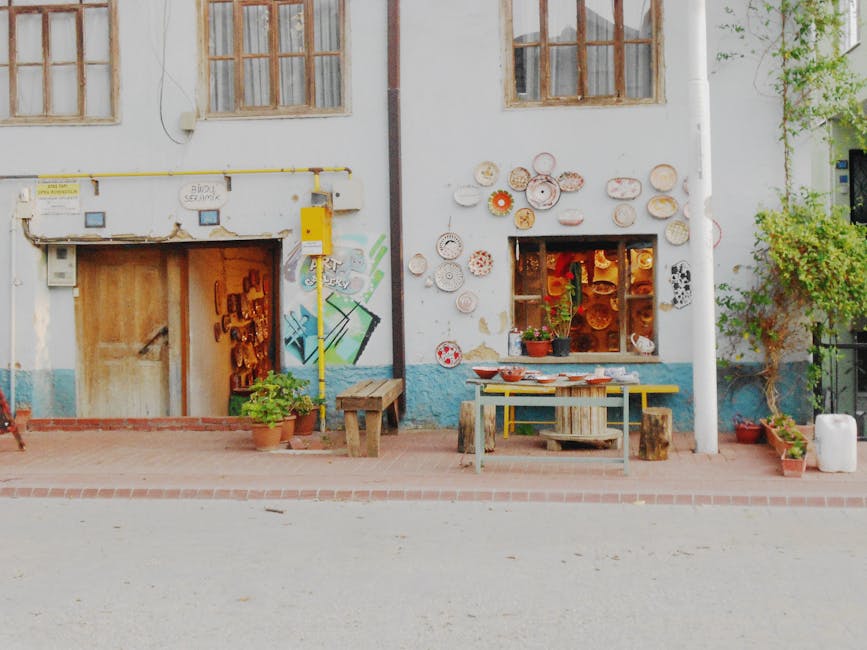
As a curator of crafts, I am constantly seeking new perspectives that illuminate the enduring value and contemporary relevance of traditional artistry. It’s a delight, then, to delve into the fascinating insights of Hideki Yoshimoto, who proposes an extraordinary way to connect seemingly disparate realms: 伝統工芸 (Traditional Crafts) and 宇宙 (Space). His concept of the "共通接線" (Common Tangent) offers a powerful lens through which to appreciate the profound secrets of cultural creation.
The Enduring Soul of Traditional Crafts
At the heart of our cultural heritage lies the meticulous work of artisans. Traditional crafts are not merely objects; they are tangible narratives of human ingenuity, patience, and a deep respect for materials. Each piece, be it an intricately woven textile, a perfectly balanced ceramic, or a finely carved wooden artifact, embodies centuries of accumulated knowledge and skill passed down through generations.
The artisan's commitment to their craft is a profound dedication. They master materials, understanding their inherent properties – the grain of wood, the elasticity of metal, the temper of clay. Their hands translate vision into form with precision that often predates modern machinery. This isn't just about making something beautiful; it's about problem-solving, about optimizing function, and about imbuing an object with a spirit that resonates across time. The subtle imperfections often tell a story of the human touch, adding to the unique character and value of each creation.
Hideki Yoshimoto's 'Common Tangent': Bridging Worlds
This is where Hideki Yoshimoto's vision becomes truly captivating. How can the ancient art of traditional crafts find a "共通接線" (Common Tangent) with the cutting-edge frontier of space exploration? At first glance, the two seem worlds apart – one rooted in history and natural materials, the other in futuristic technology and the vacuum of the cosmos. Yet, Yoshimoto's brilliance lies in identifying the underlying principles and shared human aspirations that connect them.
Consider the qualities demanded by both fields:
- Precision and Detail: The exacting standards required to craft a perfect lacquer finish or a precise join in woodworking mirror the infinitesimal tolerances needed for spacecraft components. Both demand an unwavering attention to detail that ensures integrity and functionality.
- Material Science and Innovation: Artisans have historically been masters of materials, understanding their properties and pushing their boundaries. This deep understanding of natural resources and their potential for transformation finds a parallel in the quest for new, lightweight, and resilient materials essential for space travel.
- Ingenuity and Problem-Solving: Every traditional craft form evolved from a need, a challenge to be overcome with available resources. Similarly, space exploration is a continuous exercise in innovative problem-solving, requiring creative solutions to unprecedented challenges.
- Legacy and Future: Traditional crafts preserve cultural legacy, connecting us to our past. Space exploration, conversely, is about building a future, extending humanity's reach. Yet, both contribute to the enduring narrative of human civilization and our place in the universe.
The "common tangent" isn't about direct application, but about shared philosophies and fundamental human drives. It’s the recognition that the meticulous skill of an artisan creating a delicate piece of pottery holds the same spirit of inquiry and dedication as an engineer designing a lunar module.
Cultural Creation for a New Era
By drawing this unexpected connection, Hideki Yoshimoto encourages us to see traditional crafts not as relics of the past, but as vibrant sources of inspiration for the future. This cross-pollination of ideas fosters new forms of 文化 (Culture), preventing traditional arts from becoming isolated and irrelevant. Instead, they are positioned as foundational elements of human creativity, capable of informing and enriching even the most advanced technological endeavors.
Imagine the aesthetic principles of traditional design influencing the interior of a space habitat, or the sustainable practices of ancient craft inspiring new approaches to resource management in extraterrestrial environments. This perspective elevates the artisan's skill from mere craftsmanship to a vital component of cultural evolution, reminding us that the human touch, the deep understanding of form and function, and the pursuit of excellence are timeless values, relevant whether we are shaping clay on Earth or designing for the stars.
Embracing the Connections
Hideki Yoshimoto's vision through the "共通接線" between traditional crafts and space is a profound invitation to look beyond conventional boundaries. It challenges us to find the hidden threads that connect our rich heritage with our ambitious future, ultimately enriching our understanding of what it means to create, to innovate, and to be human. As we continue to marvel at the wonders of both the artisan's bench and the cosmos, we are reminded that culture is a vast, interconnected tapestry, woven by countless hands and minds across time and space.
Comments
Post a Comment